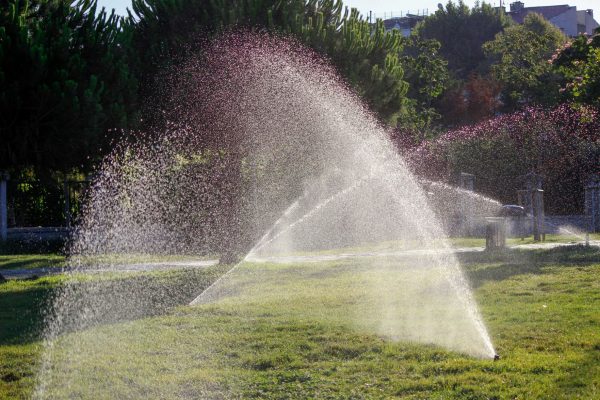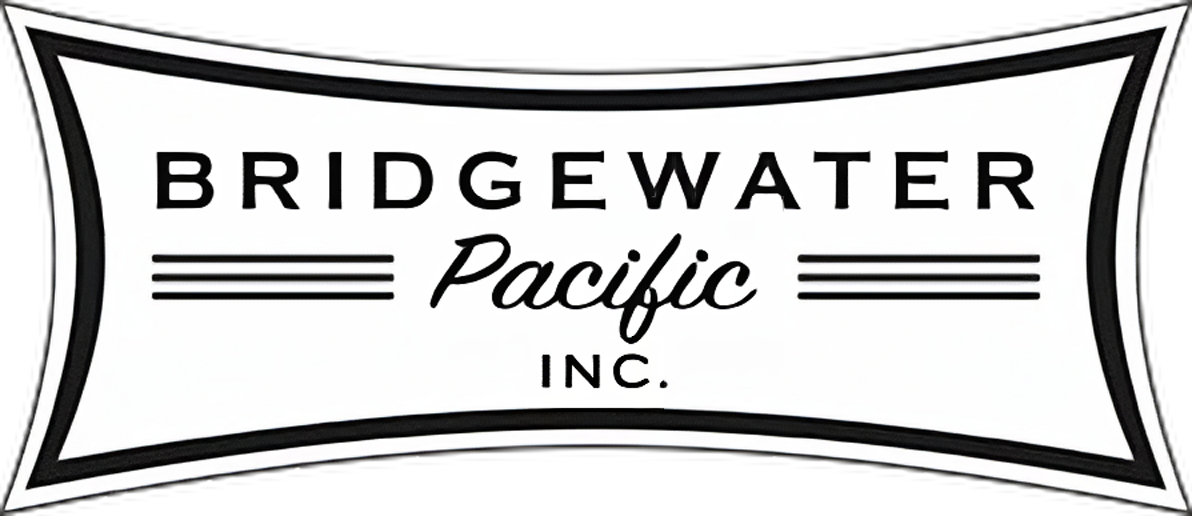
Is your property experiencing drainage issues or struggling with an inefficient irrigation system? Understanding when it’s time for a replacement can save you significant costs and prevent property damage. In this guide, San Diego’s premier general contractor, Bridgewater Pacific, shares expert insights on recognizing the telltale signs that your drainage or irrigation system needs replacement.
Understanding the Lifespan of Drainage and Irrigation Systems
Drainage and irrigation systems aren’t designed to last forever. Most residential systems have an expected lifespan of 15-25 years, depending on materials, installation quality, soil conditions, and maintenance practices. Commercial systems typically require more frequent assessment due to higher usage demands.
Understanding this natural lifecycle helps property owners anticipate replacement needs rather than being caught off guard by sudden system failures. Regular professional inspections, especially after the 10-year mark, can help identify when replacement planning should begin.
6 Warning Signs Your Drainage System Needs Replacement
Recognizing early warning signs can help you address issues before they escalate into major problems. Here are six critical indicators that your drainage system may be reaching the end of its useful life:
- Frequent clogs and backups: When your system requires constant clearing despite regular maintenance, underlying structural issues may be present.
- Standing water in yard areas: Pooling water that doesn’t dissipate within 24 hours after rainfall indicates drainage failure.
- Foundation dampness or cracks: Water seeping into your foundation indicates improper drainage that can compromise structural integrity.
- Unexpected vegetation growth: Unusually lush patches of grass or weed growth may signal underground leaks.
- Unpleasant odors: Persistent sewer or musty smells often indicate broken pipes or compromised drainage components.
- Sinkholes or depressions: Formation of depressions in your landscape suggests underground drainage collapse or erosion.
Addressing these warning signs promptly with a professional assessment can prevent more extensive property damage and costly emergency repairs.
The Environmental Impact of Failing Irrigation Systems
When irrigation systems fail, the environmental consequences extend beyond your property line. Aging systems frequently develop leaks that waste thousands of gallons of water annually. In drought-prone San Diego, this water waste is both environmentally irresponsible and financially burdensome.
Failing systems often create uneven distribution patterns, leading to overwatering in some areas while leaving others parched. This imbalance can increase erosion, deplete soil nutrients, and contribute to groundwater contamination if fertilizers and lawn chemicals are unevenly distributed.
Modern replacement systems offer significant environmental benefits through precision watering technology, weather-responsive controls, and leak detection features that older systems simply cannot match.
How Modern Drainage Solutions Offer Superior Protection
Today’s drainage technology offers substantial improvements over systems installed even a decade ago. Modern drainage solutions incorporate:
Advanced Materials and Design
Contemporary drainage systems utilize high-density polyethylene (HDPE) pipes and fittings that resist corrosion, cracking, and root intrusion—common failure points in older systems. These materials can extend system lifespan by 50% or more compared to traditional options.
Smart Water Management Integration
New drainage solutions can incorporate sensors and monitoring systems that alert property owners to potential issues before they become catastrophic. These early warning systems can detect subtle changes in water flow, pressure variations, and even ground moisture levels to predict potential failures.
Sustainable Design Approaches
Modern drainage replacements often incorporate sustainable design elements like rainwater harvesting capabilities, permeable surfaces, and bioswales that work with nature rather than against it. These approaches not only protect your property but contribute to healthier local watersheds.
The Technology Revolution in Irrigation Systems
Irrigation technology has undergone a remarkable transformation in recent years, making replacement of older systems a wise investment in both property value and sustainability.
Smart Controllers and Precision Application
Contemporary irrigation systems feature weather-responsive controllers that automatically adjust watering schedules based on local conditions. These systems can reduce water consumption by 30-50% compared to conventional timers while maintaining healthier landscapes.
Drip Irrigation and Micro-Sprinkler Advancements
Modern replacements often incorporate targeted delivery systems that place water precisely where plants need it most. Drip irrigation and micro-sprinkler technology can reduce water usage by up to 60% while improving plant health through consistent, appropriate moisture levels.
Financial Considerations for System Replacement
Replacing drainage or irrigation systems represents a significant investment, but delaying necessary replacements often leads to substantially higher costs. Consider these financial aspects:
Immediate vs. Long-Term Economics
While emergency repairs may seem less expensive initially, they typically address symptoms rather than underlying system deterioration. Complete replacement provides predictable costs and eliminates the ongoing expense of frequent repairs.
Utility Savings Potential
Modern irrigation systems can reduce water bills by 30-60% annually through efficiency improvements. In many cases, these savings can offset replacement costs within 3-5 years while providing superior performance.
Rebate and Incentive Opportunities
Many local water authorities offer rebates and incentives for upgrading to water-efficient irrigation systems. These programs can significantly reduce the net cost of replacement while promoting conservation.
DIY Assessment: How to Evaluate Your Current System
While professional evaluation is essential for final decisions, property owners can perform preliminary assessments to identify potential issues:
- Age evaluation: Determine when your system was installed and compare against typical lifespans.
- Pressure testing: Check for consistent water pressure throughout your irrigation zones.
- Distribution pattern assessment: Place empty containers across irrigated areas to measure water distribution uniformity.
- Visual inspection: Examine visible components for cracking, corrosion, or leakage.
- Response time test: After shutting off irrigation, check how quickly water stops flowing to identify potential valve issues.
- Soil probing: Use a soil probe to check moisture depth consistency throughout irrigated areas.
These simple evaluations can help you determine if professional assessment is warranted and prepare you for informed discussions with contractors.
Why Professional Installation Matters for System Longevity
The quality of installation directly impacts system performance and longevity. Professional contractors like Bridgewater Pacific bring crucial expertise to drainage and irrigation replacements:
Comprehensive Site Analysis
Professional assessments consider soil composition, topography, water tables, and usage patterns to design optimized systems for specific properties. This customized approach prevents common failures caused by one-size-fits-all solutions.
Proper Material Selection
Experienced contractors select appropriate materials based on site-specific conditions, ensuring maximum durability and performance.
Code Compliance and Permitting
Professional installations meet local building codes and permit requirements, preventing potential legal complications and ensuring systems meet established safety and performance standards.
If your drainage or irrigation system is showing signs of failure, contact Bridgewater Pacific today for a comprehensive assessment. Our expert team provides tailored replacement solutions that protect your property while optimizing water efficiency. Don’t wait for a catastrophic failure—proactive replacement saves money, prevents property damage, and contributes to San Diego’s water conservation efforts.
